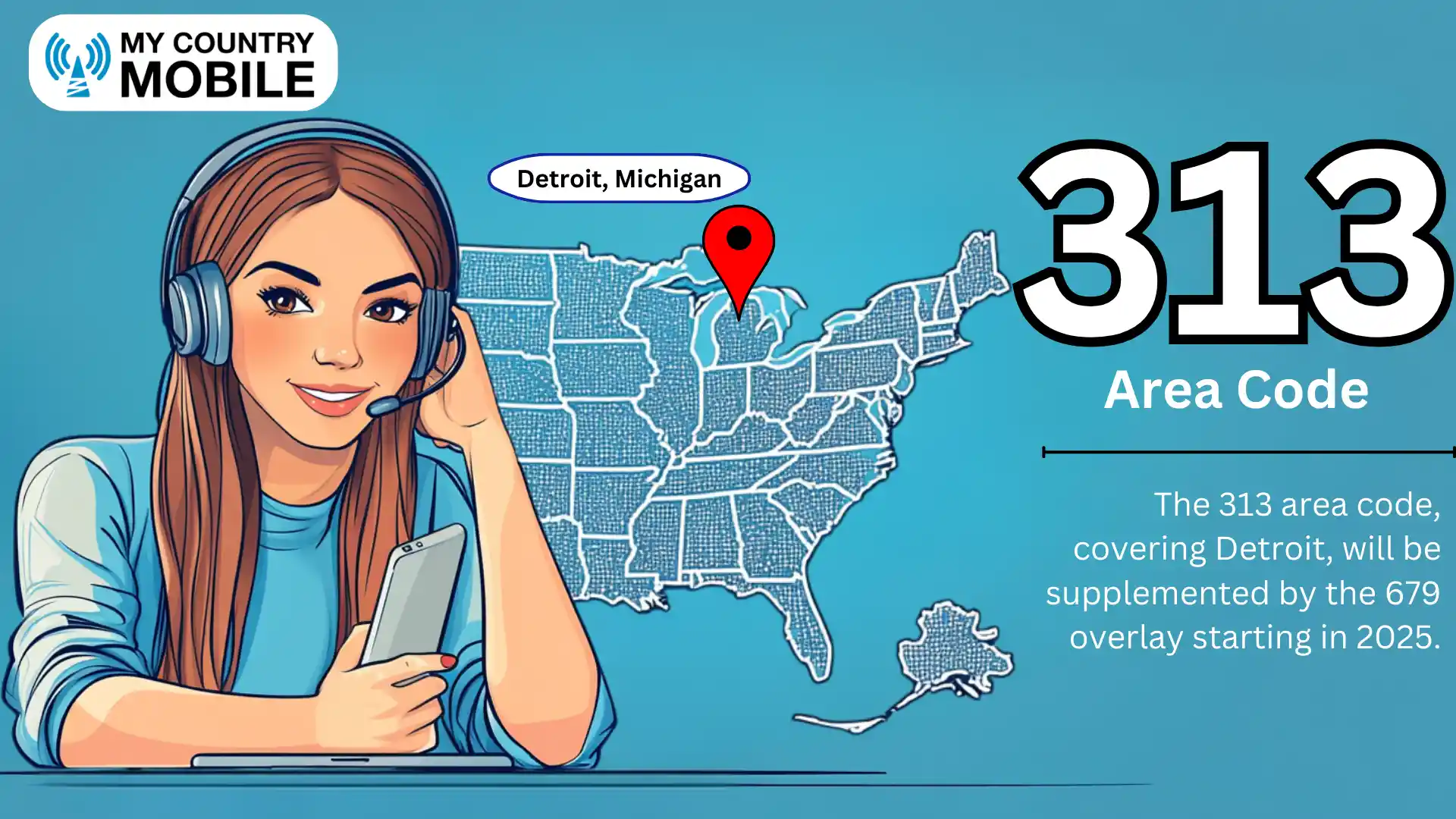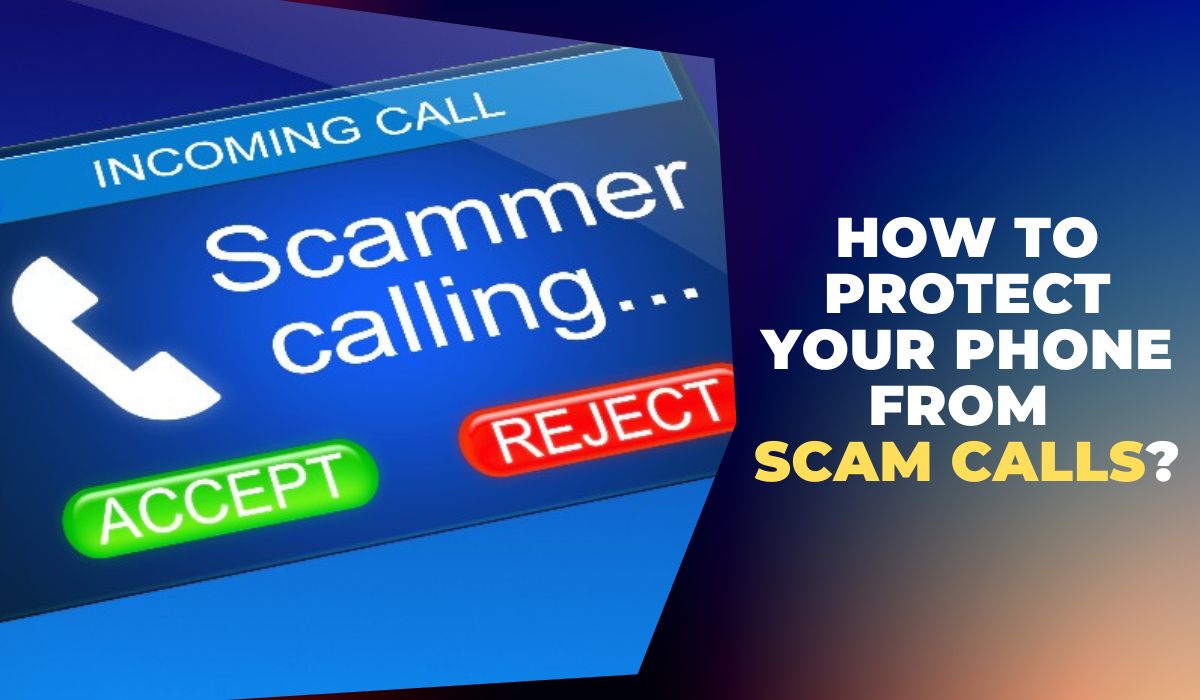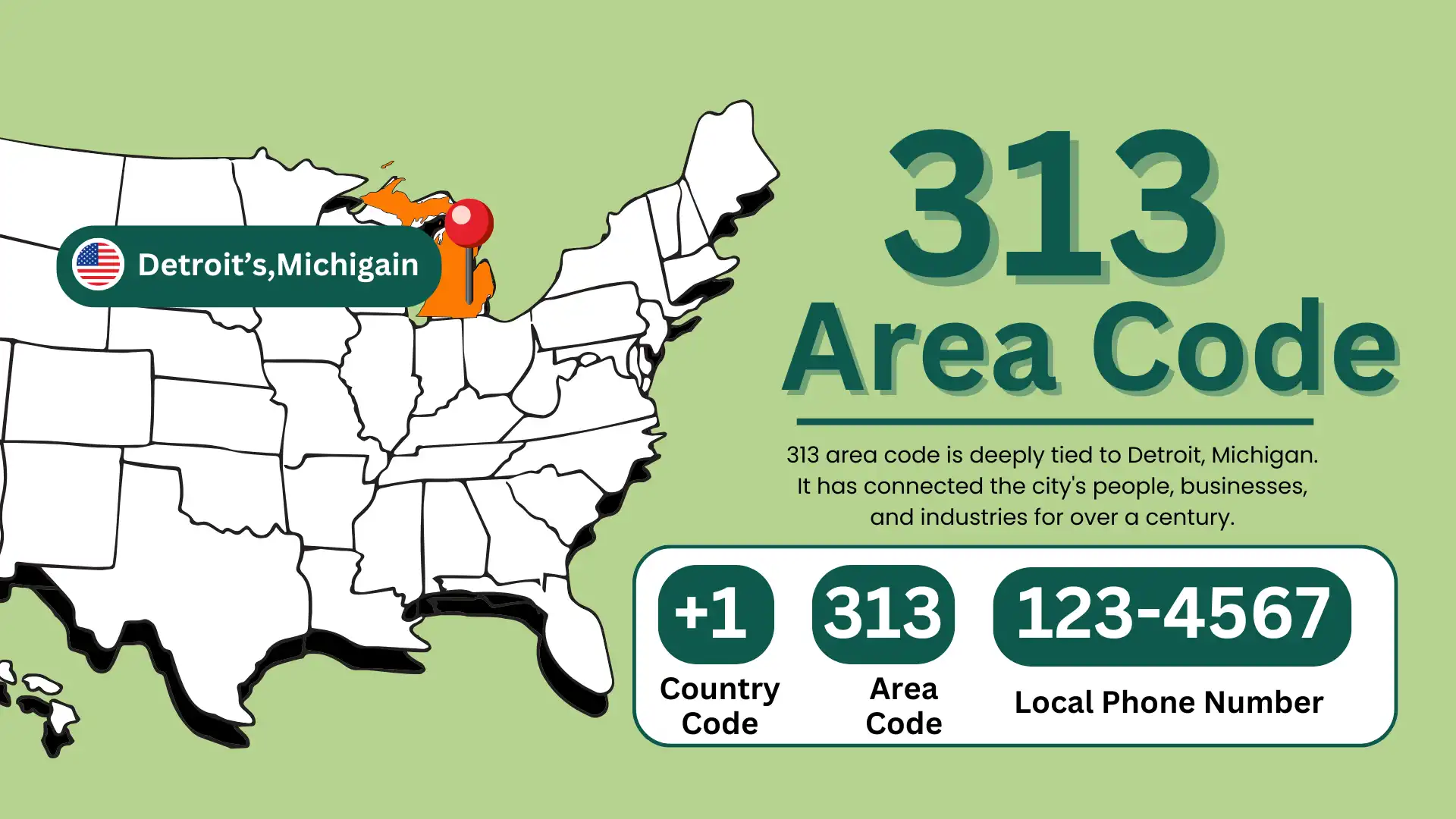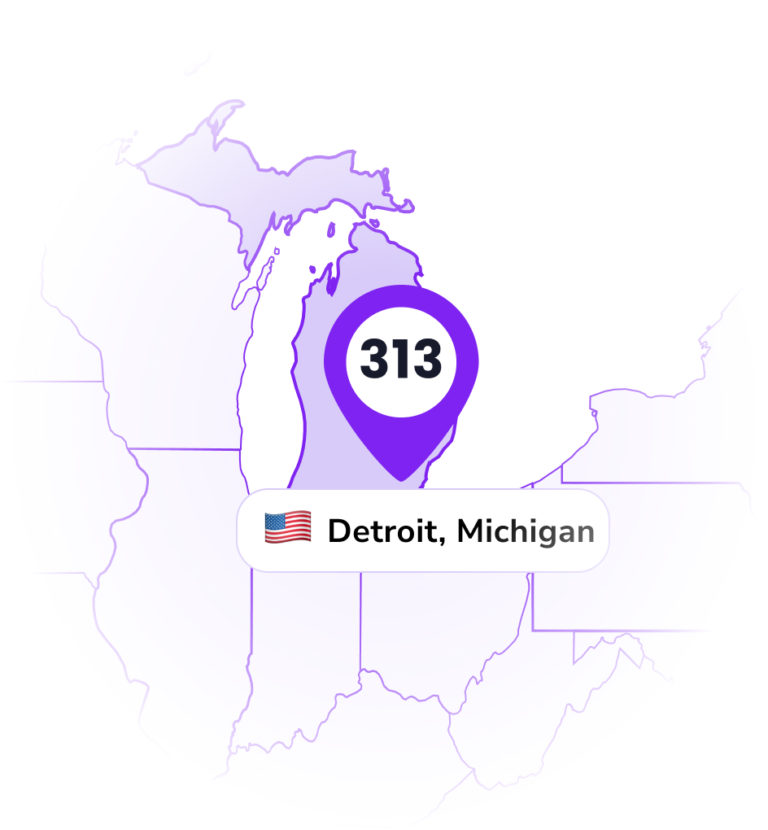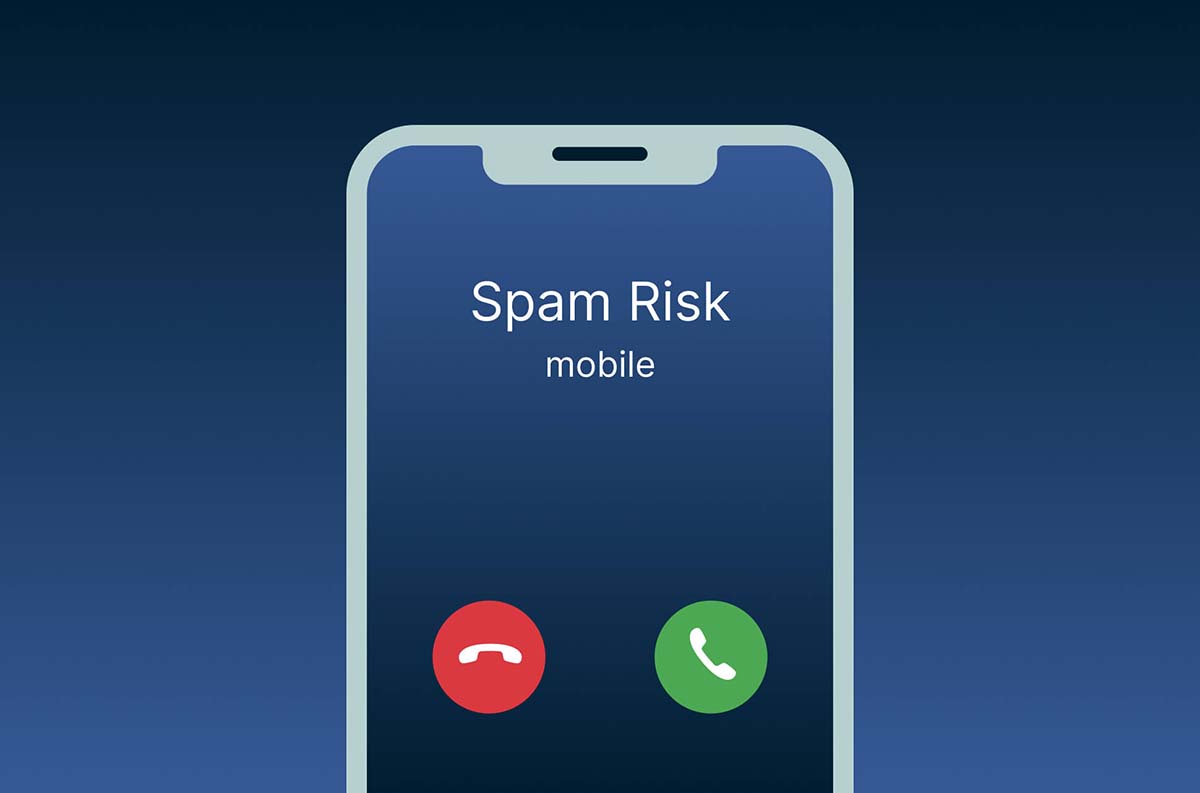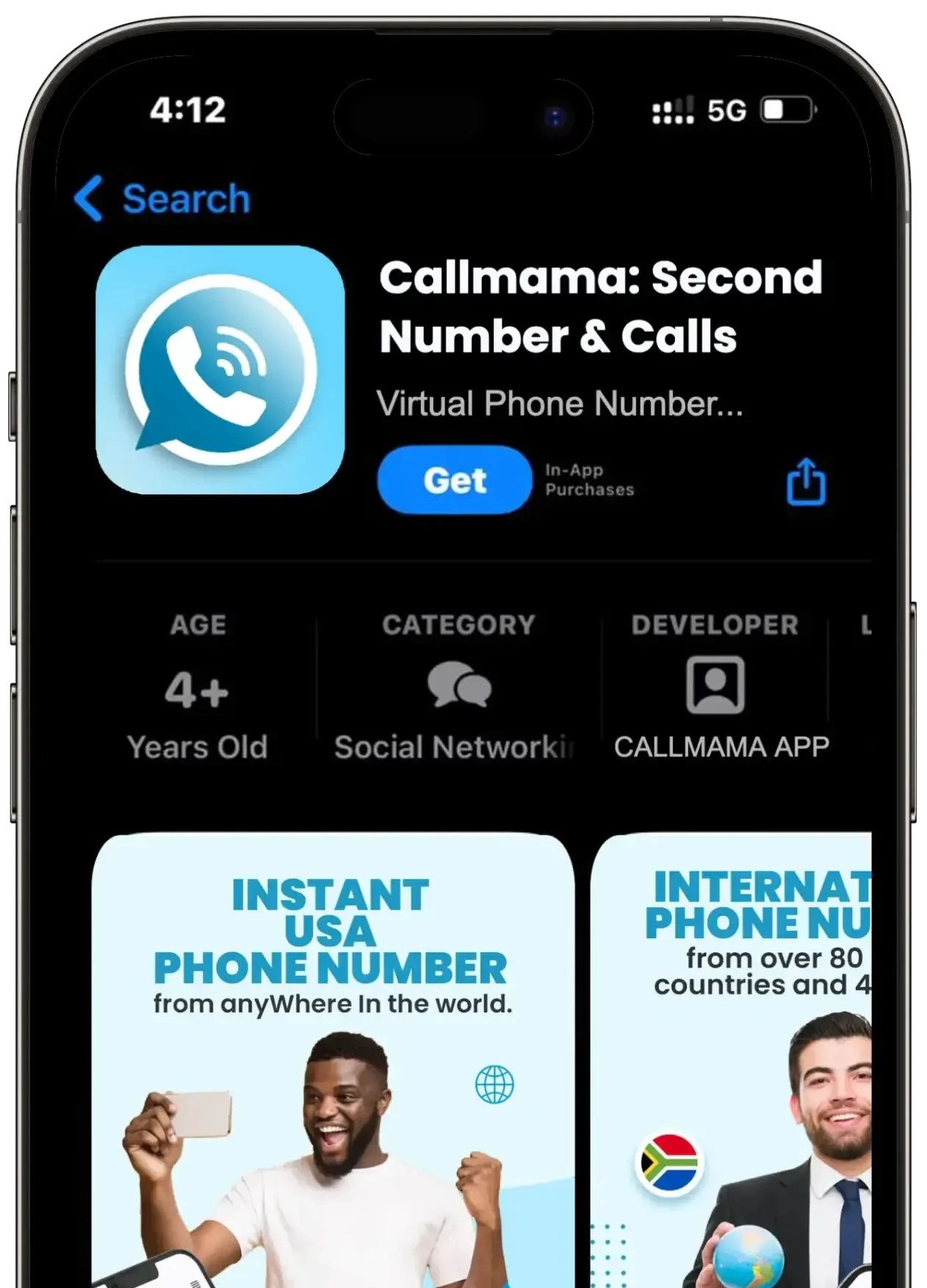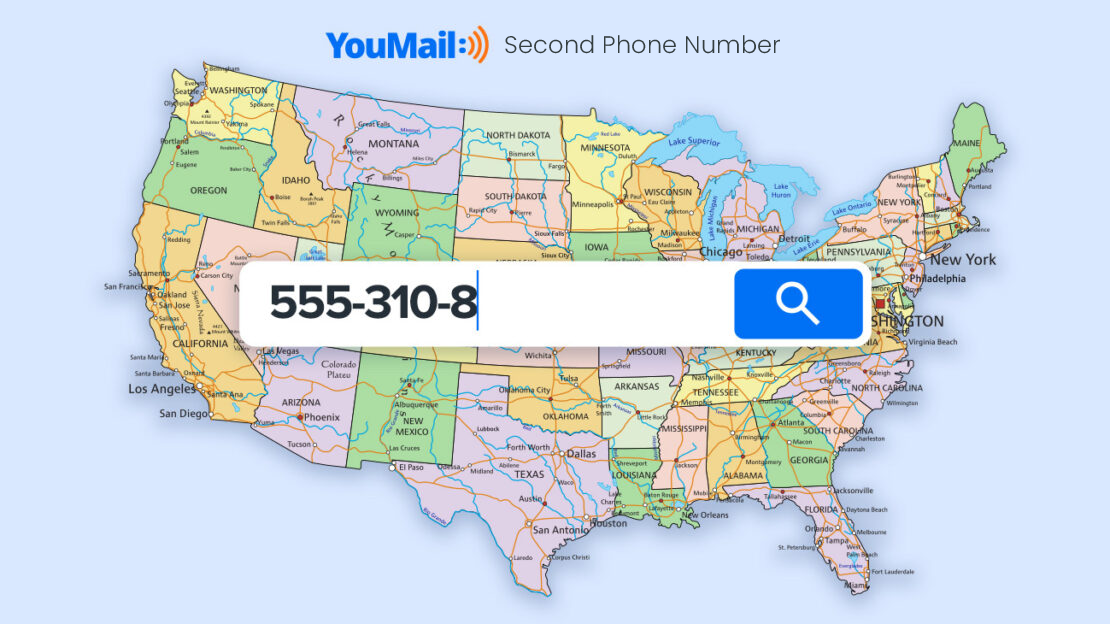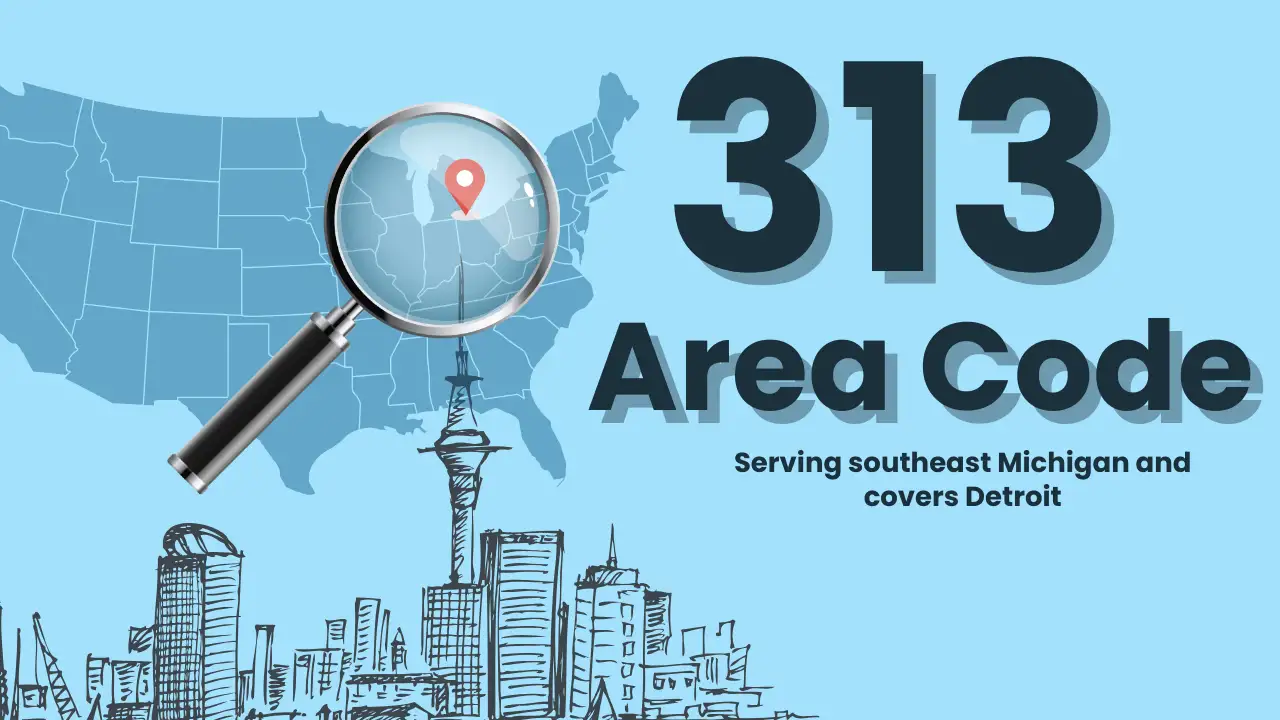Spam Calls From 313 Area Code

Imagine answering your phone on a sunny afternoon, hoping to hear from a friend or family member. Instead, a robotic voice drones on about a supposed urgent matter, or a persistent salesperson tries to convince you that you've won a prize. More and more residents across the country, and specifically those with connections to the 313 area code, are finding themselves trapped in this frustrating cycle of unwanted calls.
The surge in spam calls originating from the 313 area code – encompassing Detroit and its surrounding areas – has raised concerns among residents, businesses, and authorities alike. While spam calls are a nationwide problem, the concentration within a specific geographic region highlights the evolving tactics of spammers and the urgent need for improved preventative measures and public awareness.
The Rise of 313 Spam: A Deep Dive
The 313 area code, deeply rooted in the history and culture of Detroit, has become an unexpected hotspot for unwanted solicitations. The reasons behind this are complex, involving technological loopholes, economic incentives for spammers, and the relative ease with which phone numbers can be spoofed.
Phone number spoofing, a technique that allows callers to disguise their true origin, is a major contributor. Spammers often use local area codes like 313 to increase the likelihood that recipients will answer the call, mistakenly believing it to be a neighbor or local business.
This tactic exploits the natural inclination of people to trust calls from familiar area codes, making it easier for scammers to deliver their fraudulent messages.
"The FCC remains committed to aggressively pursuing those who deliberately flout the law and harm consumers by making unwanted and illegal robocalls,"declares a recent statement from the Federal Communications Commission (FCC), highlighting the ongoing battle against this pervasive issue.
Why Detroit?
While the exact reasons for the 313 area code's prominence in spam calls are multifaceted, experts point to a few key factors. One consideration is the region’s diverse population and economic landscape, potentially making it an attractive target for scams designed to exploit vulnerabilities or preying on financial hardship.
Another factor might be the presence of outdated telecommunications infrastructure in some areas, making it easier for spammers to operate undetected. Furthermore, some argue that the area code's recognition and association with a major metropolitan area inadvertently lend credibility to the spoofed calls.
The problem isn't unique to Detroit, of course. Cities across the US are plagued with spam calls.
The Impact on Residents and Businesses
The consequences of this surge in spam calls are far-reaching, affecting individuals, families, and businesses alike. For individuals, the constant barrage of unwanted calls is disruptive and time-consuming. It erodes trust in the telephone system and creates a sense of anxiety around answering unknown numbers.
Senior citizens and other vulnerable populations are particularly susceptible to scams perpetrated through these calls, potentially leading to financial losses and emotional distress.
Businesses, too, suffer from the proliferation of spam calls. Employees waste valuable time answering and screening calls, reducing productivity and potentially missing legitimate business opportunities.
Small businesses, in particular, may lack the resources to effectively combat spam calls, making them more vulnerable to disruption and potential scams.
Taking Action: Fighting Back Against Spam
Despite the challenges, there are several steps that individuals and businesses can take to mitigate the impact of spam calls. The first and most important step is to educate oneself about common scams and tactics used by spammers.
Awareness is the best defense against falling victim to fraudulent schemes. Always be wary of unsolicited calls offering prizes, discounts, or demanding immediate payment.
Utilizing call-blocking apps and services is another effective strategy. These apps can identify and block known spam numbers, reducing the number of unwanted calls that reach your phone.
Reporting spam calls to the FCC and other relevant authorities helps track patterns and identify potential scammers. The FCC provides resources and tools for reporting unwanted calls and filing complaints.
Consider registering your phone number on the National Do Not Call Registry, although its effectiveness against sophisticated spammers is limited. It can still help reduce legitimate telemarketing calls.
For businesses, investing in call screening and filtering technologies can help protect employees from time-wasting spam calls and potential scams. Implementing employee training programs on identifying and reporting suspicious calls is also crucial.
The Future of Spam Call Prevention
The fight against spam calls is an ongoing battle that requires collaboration between government agencies, telecommunications companies, and individuals. The FCC is actively working to strengthen regulations and enforcement actions against illegal robocalls and spoofing.
Technological advancements, such as the STIR/SHAKEN protocol, are being implemented to help authenticate caller ID information and prevent spoofing. This technology aims to verify that the caller ID displayed on your phone matches the actual originating phone number.
Continued investment in research and development is essential to develop more effective methods for detecting and blocking spam calls. Artificial intelligence and machine learning are showing promise in identifying patterns and characteristics of spam calls, enabling more accurate filtering.
Furthermore, public awareness campaigns play a vital role in educating consumers about scams and preventative measures. Empowering individuals with knowledge is crucial to protecting themselves from falling victim to these fraudulent schemes.
Community Resilience and Vigilance
The prevalence of spam calls from the 313 area code, and elsewhere, serves as a reminder of the importance of community resilience and vigilance. By working together, sharing information, and supporting each other, residents can mitigate the impact of these unwanted solicitations and protect themselves from scams.
Open communication within neighborhoods and community groups can help raise awareness and identify emerging scams targeting local residents.
Local news outlets and community organizations can play a vital role in disseminating information and providing resources to help residents stay informed and protected.
Looking Ahead
The issue of spam calls is complex and constantly evolving, but by understanding the tactics used by spammers, taking proactive steps to protect ourselves, and supporting efforts to combat illegal robocalls, we can collectively reduce the impact of this pervasive problem.
It's a digital game of cat and mouse, and we need to continue adapting to stay ahead.
As technology advances and regulations evolve, the fight against spam calls will continue. By staying informed, being vigilant, and working together, we can strive to create a more secure and trustworthy telecommunications environment for all.
